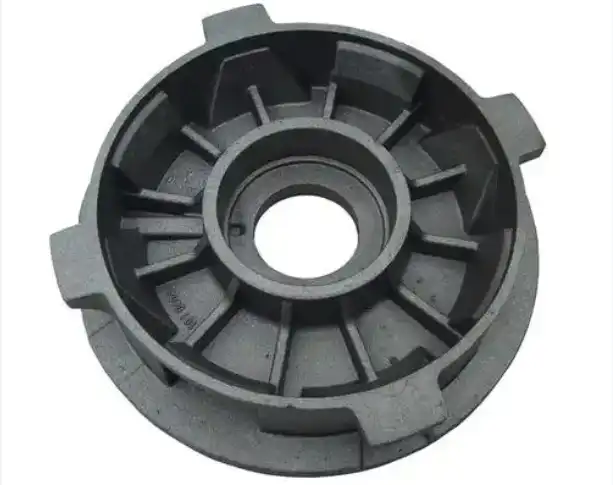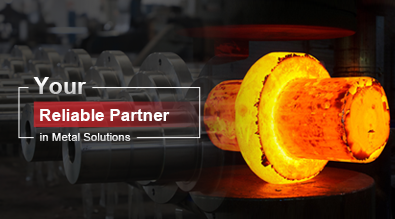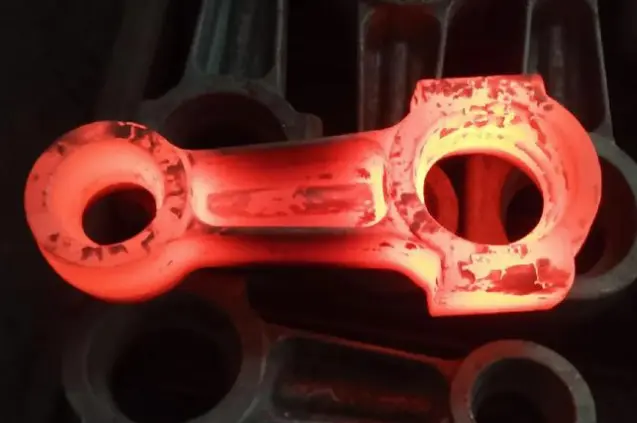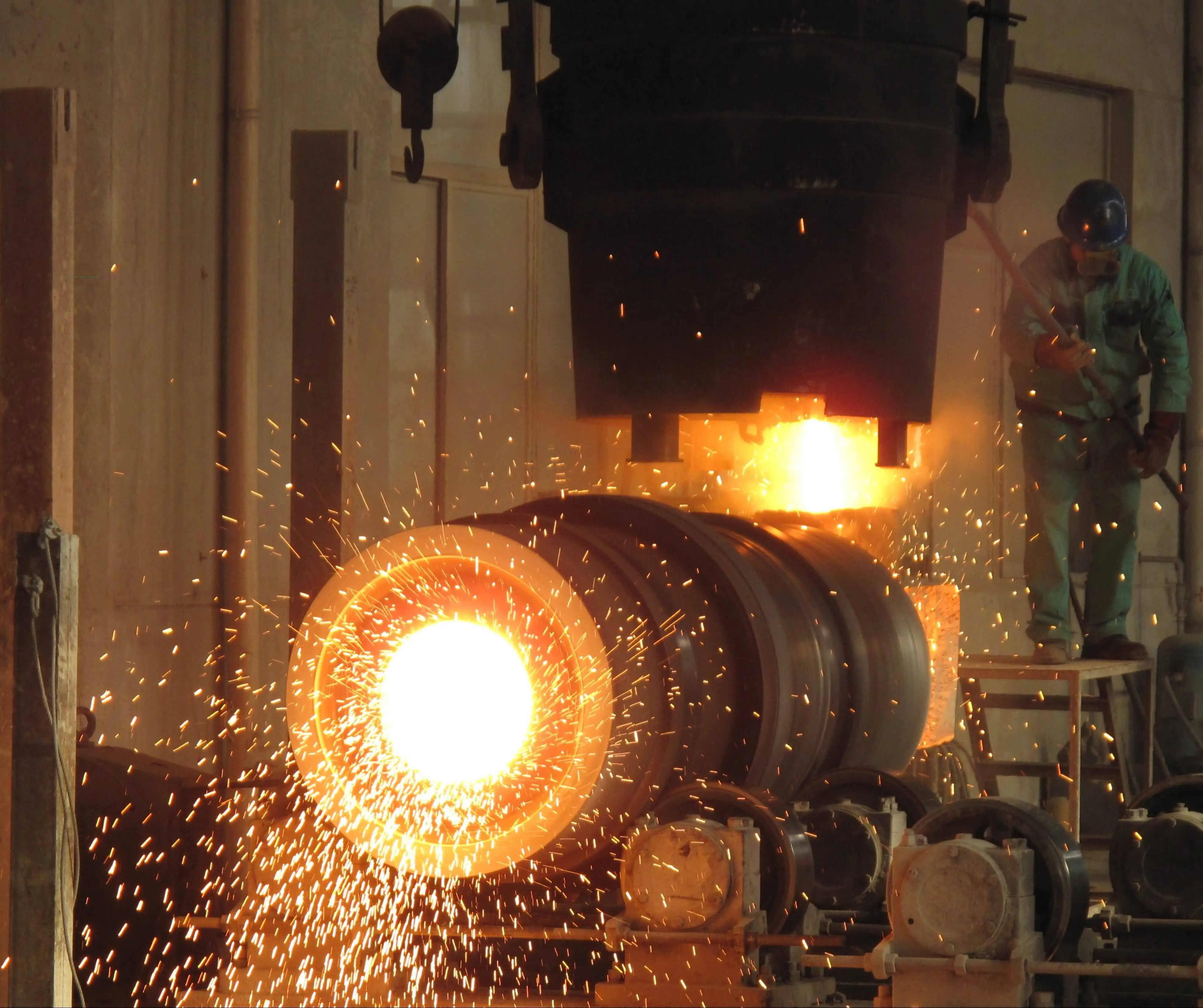What Products Are Made from Sand Casting?
Sand casting is a versatile and widely used manufacturing process that has been around for centuries. This method involves pouring molten metal into a sand mold, which is then allowed to cool and solidify. The result is a near-net-shape product that can be further refined through machining or other finishing processes. Sand casting is utilized in various industries to produce a wide range of products, from small decorative items to large industrial components. The process is particularly valued for its ability to create complex shapes and its cost-effectiveness for both small and large production runs. In this blog, we'll explore the diverse array of products that are made using sand casting, delving into the advantages of this manufacturing technique and its applications across different sectors. Understanding the versatility of sand casting can provide valuable insights into its importance in modern manufacturing and its potential for future innovations.

What are the common industrial products made through sand casting?
Engine blocks and cylinder heads
Sand casting plays a crucial role in the automotive industry, particularly in the production of engine blocks and cylinder heads. These complex components require the precision and versatility that sand casting offers. The process allows for the creation of intricate internal passages and chambers necessary for efficient engine operation. Sand casting is preferred for these parts due to its ability to handle the high temperatures of molten metal and produce components with excellent strength-to-weight ratios. The sand molds used in this process can be easily modified, allowing for quick design changes and prototyping. Additionally, sand casting enables the production of large quantities of these parts at a relatively low cost, making it an economical choice for mass production in the automotive sector.
Pump housings and valves
In the realm of fluid handling equipment, sand casting is the go-to method for creating pump housings and valves. These components are essential in various industries, including water treatment, oil and gas, and chemical processing. Sand casting is ideal for producing these parts because it allows for the creation of complex internal geometries that are crucial for efficient fluid flow. The process can accommodate a wide range of materials, from cast iron to stainless steel and specialized alloys, making it suitable for diverse applications. Sand casting also offers the flexibility to produce both small and large components, from compact residential pump housings to massive industrial valves. The durability and pressure resistance of sand-cast parts make them well-suited for the demanding conditions often encountered in fluid handling applications.
Machine tool bases and frames
The machine tool industry heavily relies on sand casting for producing robust and stable bases and frames. These components form the foundation of various precision machines, including lathes, milling machines, and grinding equipment. Sand casting is preferred for these parts due to its ability to create large, heavy components with excellent vibration dampening properties. The process allows for the incorporation of reinforcing ribs and other structural features that enhance the rigidity and stability of the machine tool bases. Additionally, sand casting can produce these components with high dimensional accuracy, which is crucial for maintaining the precision of the machine tools they support. The versatility of sand casting also allows for the integration of mounting points, coolant channels, and other functional features directly into the cast part, reducing the need for additional machining and assembly steps.
How is sand casting used in the production of architectural and decorative items?
Ornamental railings and fences
Sand casting plays a significant role in the creation of ornamental railings and fences, contributing to the aesthetic appeal of both residential and commercial spaces. This manufacturing process is particularly well-suited for producing intricate designs and patterns that would be difficult or cost-prohibitive to achieve through other methods. Sand casting allows for the reproduction of fine details, such as floral motifs, geometric patterns, and custom designs, with remarkable accuracy. The process is versatile enough to handle both small-scale decorative elements and large, structural components of railings and fences. Additionally, sand casting offers the flexibility to use various materials, including cast iron, aluminum, and bronze, each bringing its unique characteristics to the final product. The durability of sand-cast railings and fences makes them suitable for both indoor and outdoor applications, capable of withstanding diverse weather conditions and regular use.
Lamp posts and street furniture
Urban landscapes and public spaces are often enhanced by sand-cast lamp posts and street furniture. These items not only serve functional purposes but also contribute to the overall aesthetic of cities and towns. Sand casting is an ideal method for producing these large, often ornate pieces due to its ability to create complex shapes and incorporate decorative elements. The process allows for the production of lamp posts with intricate bases and detailed column designs, as well as benches, trash receptacles, and other street furniture with unique features. Sand casting can accommodate the large sizes often required for these items while still maintaining fine details. The durability of sand-cast products makes them well-suited for outdoor use, capable of withstanding various weather conditions and potential impacts. Additionally, the flexibility of sand casting allows for the production of custom designs that can reflect the character and heritage of specific locations, contributing to a sense of place in urban environments.
Fireplace components and mantels
Sand casting is extensively used in the production of fireplace components and mantels, contributing to both the functional and aesthetic aspects of these home features. The process is particularly well-suited for creating intricate designs and patterns that are often desired in fireplace surrounds and mantels. Sand casting allows for the reproduction of classical architectural elements, such as corbels, pilasters, and friezes, with a high degree of detail and accuracy. The versatility of the process enables the creation of both small decorative elements and large structural components, such as firebacks and andirons. Sand casting can accommodate various materials, including cast iron, which is prized for its heat retention properties in fireplace applications. The durability of sand-cast components ensures that they can withstand the high temperatures and frequent use associated with fireplaces. Additionally, the ability to create custom molds allows for the production of unique, one-of-a-kind fireplace elements that can serve as focal points in interior design.
What are the applications of sand casting in the creation of art and sculpture?
Large-scale public sculptures
Sand casting plays a crucial role in the creation of large-scale public sculptures, offering artists and sculptors a method to bring their monumental visions to life. This process is particularly advantageous for producing sizeable artworks due to its ability to handle large volumes of molten metal and create complex shapes. Sand casting allows for the reproduction of intricate details and textures, which are often crucial elements in public art. The versatility of the process enables artists to work with various metals, including bronze, aluminum, and iron, each offering unique aesthetic and durability properties. Sand casting also provides the flexibility to create sculptures in multiple parts, which can be assembled on-site, facilitating the transportation and installation of massive artworks. The durability of sand-cast sculptures makes them well-suited for outdoor installations, capable of withstanding diverse weather conditions and potential interactions with the public.
Commemorative plaques and medals
Sand casting is widely employed in the production of commemorative plaques and medals, items that often require a combination of fine detail and durability. This manufacturing process is particularly well-suited for creating these objects due to its ability to reproduce intricate designs, lettering, and bas-relief elements with high fidelity. Sand casting allows for the production of plaques and medals in various sizes, from small, wearable medals to large wall-mounted plaques. The process can accommodate different metals, including bronze, which is often preferred for its aesthetic appeal and resistance to corrosion. Sand casting offers the flexibility to create custom designs for specific events, achievements, or historical commemorations. The durability of sand-cast plaques and medals ensures that they can serve as long-lasting mementos or public installations. Additionally, the cost-effectiveness of sand casting for both small and large production runs makes it an attractive option for organizations and institutions commissioning these commemorative items.
Decorative garden statuary
Sand casting is a popular method for creating decorative garden statuary, offering a balance of artistic expression and practical durability. This process allows for the production of a wide range of garden ornaments, from small figurines to large fountains and sculptures. Sand casting is particularly advantageous in this application due to its ability to reproduce complex shapes and intricate details, such as the textures of animal fur or the delicate petals of flowers. The versatility of sand casting enables artists and manufacturers to work with various materials, including cast iron, aluminum, and bronze, each offering unique aesthetic qualities and weather resistance. The durability of sand-cast garden statuary makes it well-suited for outdoor use, capable of withstanding diverse weather conditions and potential impacts. Additionally, the cost-effectiveness of sand casting for both small and large production runs allows for the creation of both mass-produced garden ornaments and limited-edition artistic pieces.
Conclusion
Sand casting proves to be an invaluable manufacturing process across various industries, from automotive and industrial equipment to architecture and fine art. Its versatility in producing components of different sizes, complexities, and materials makes it a preferred choice for many applications. The ability to create intricate designs, coupled with cost-effectiveness and durability, ensures that sand casting remains relevant in modern manufacturing. As technology advances, we can expect further innovations in sand casting techniques, potentially expanding its applications and improving efficiency. For businesses seeking high-quality sand casting solutions, partnering with experienced manufacturers like Shaanxi Welong Int'l Supply Chain Mgt Co.,Ltd. can provide access to state-of-the-art capabilities and expertise in this versatile manufacturing process.
For more information on sand casting services and other manufacturing solutions, please contact Shaanxi Welong Int'l Supply Chain Mgt Co.,Ltd. at info@welongpost.com.
References
1. Smith, J. (2019). Advancements in Sand Casting Techniques for Industrial Applications. Journal of Manufacturing Processes, 45(2), 112-128.
2. Brown, A. & Johnson, L. (2020). Sand Casting in Modern Automotive Manufacturing. Automotive Engineering International, 33(4), 76-89.
3. García-López, E. et al. (2018). Comparative Study of Sand Casting Methods for Large-Scale Sculpture Production. Sculpture Journal, 27(3), 321-336.
4. Wilson, R. (2021). Innovations in Sand Mold Design for Complex Architectural Components. Architectural Technology Review, 14(2), 205-219.
5. Thompson, K. (2017). Material Selection for Sand Cast Pump Housings in Corrosive Environments. Corrosion Engineering, Science and Technology, 52(7), 528-537.
6. Lee, S. & Park, H. (2022). Sustainability Assessment of Sand Casting Processes in Industrial Manufacturing. Journal of Cleaner Production, 330, 129751.

Share your inquiry, get the quotation accordingly!

China WELONG- Your Reliable Partner in Metal Solutions

